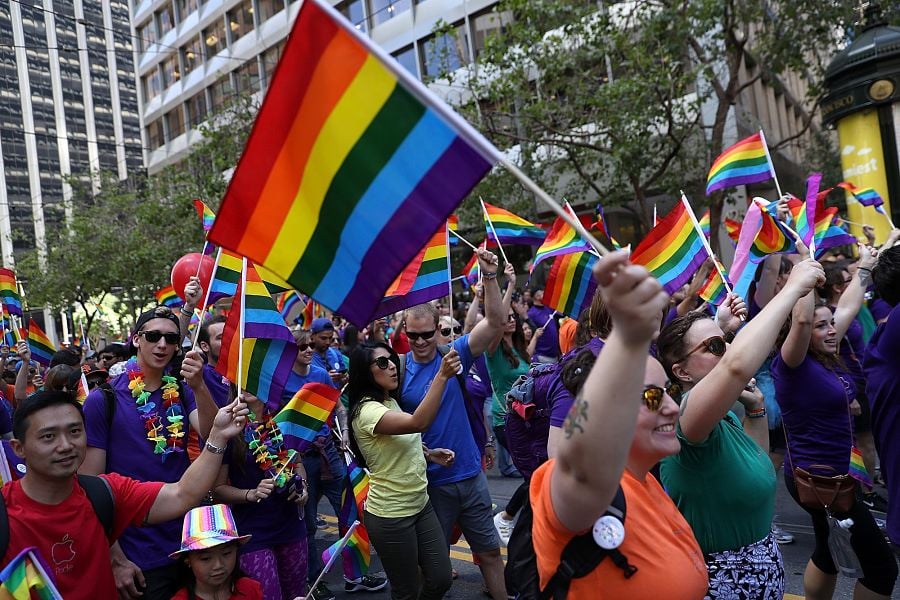Participating in BNY Mellon's WorldPride 2019: Leading the Way for Equality event, we addressed the importance of symbols like the Stonewall Inn, where the LGBT movement began a half-century ago. Then there's the Amsterdam Dress, which was displayed in the lobby of our firm's global headquarters that same day.
The dress is an especially powerful symbol, with its patchwork of the flags of every nation where LGBT individuals face imprisonment or even death. Each time one of those countries recognizes LGBT rights, it is replaced with a rainbow flag. Think about what kind of symbol that dress will be when someday, it is made up entirely of rainbow flags. That's what I call thinking globally.
There's been tremendous progress made during the last 50 years for everyone in the LGBT community. But there is so much more to be done around the globe.
(More: LGBTQ advisers and clients would welcome this approach)
Those of us on Wall Street have a responsibility to ensure that all employees feel safe and have the freedom to be themselves in every regional location despite local policies. Powerful symbols like the Amsterdam Dress help us drive the conversation, and our corporate advocacy and policies help advance progress, yet still these symbols require actions from leaders.
(More: When it comes to diversity and inclusion, strategies are better than intentions)
Ask yourself what personal actions you can take — beyond symbols — to make your firm more inclusive.
Leaders look to attract and retain diverse talent with the realization that diversity makes them more formidable. And we recognize that clients want to see themselves belonging to and experiencing inclusive communities themselves.
Hence, the inclusive communities that we as leaders at all levels create for our employees have an advantage. When we lead by example, our clients and our colleagues seek out that difference, notice and appreciate our authentic actions.
How do we do this? As leaders, we often need to take actions that stand out and sometimes, by virtue of our being leaders, are more impactful. We must listen to and amplify the stories of our clients and our colleagues. We follow up that listening with actions, such as partnering across diverse groups, to go beyond compartmentalized employee resource groups and instead intersect across the broader community.
We make certain our employees have the freedom and opportunity to attend corporate diversity and inclusion-focused activities that can help make those who might be otherwise afraid to participate instead feel included.
We can make simple gestures, such as the display of a simple "ally" sticker or adding some encouraging words in the weekly team meeting. These actions can help in ways that you may not even notice, but that matter to our colleagues.
It's our greater community that contains all of the relationships that matter most to us — our families, our children, our colleagues and especially our clients. It's up to us as leaders to take action so that a movement that's a half-century old this month moves forward — always, always moving forward during the next 50 years — in ways that are more personal. And relatable. And authentic.
Like the symbolic Amsterdam Dress, we're no longer focused on one group's story, but rather a patchwork of intersecting stories and actions that represent everyone.
(More: Financial planning for same-sex couples has changed immensely since 2015 Supreme Court marriage ruling)
James Spiegelhoff is head of marketing and practice management at BNY Mellon's Pershing.







